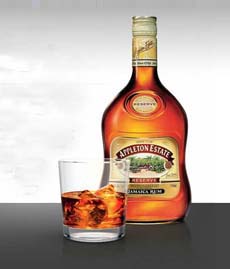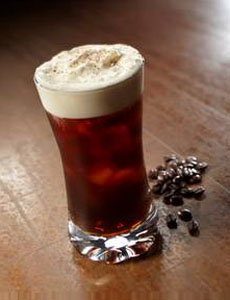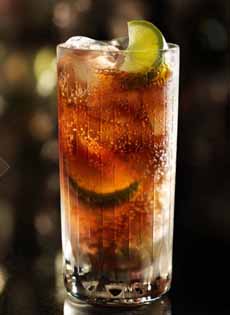The Different Types Of Rum & The History Of Rum For National Rum Day
|
August 16th is National Rum Day.
Rum can be a confusing spirit for the everyday consumer. What’s silver versus white rum? What’s silver versus gold rum? Which one should you use for a rum cocktail? It starts with distilling molasses. Sugar cane grew wild in parts of Southeast Asia. It was first domesticated sometime around 8,000 B.C.E., probably in New Guinea. It arrived in India, where better extraction and purifying techniques were developed to refine the cane juice into granulated crystals. Sugar then spread quickly. By the sixth century C.E., sugar cultivation had reached Persia; and, from there to elsewhere in the Mediterranean, brought by Arab expansion and travel. In 1425, sugar arrived in Madiera and the Canary Islands. In 1493, his second voyage to the New World, Christopher Columbus brought sugar cane seedlings. They were grown, first in Hispaniola and then on other islands. The main sugar-exporting countries in the Caribbean today are Barbados, Belize, Cuba, Guyana and Jamaica. In the 17th century, Caribbean sugar cane planters produced sugar by crushing sugar cane, extracting and boiling the cane juice, then leaving the boiled syrup to cure in clay pots. A viscous liquid would seep out of the pots, leaving the sugar in the pot. The seepage was molasses—and no one wanted the thick, cloying by-product. It was fed to slaves and livestock, but a monumental amount of molasses was still left over. Sugar was a great cash crop for European planters, but two pounds of sugar yielded a pound of molasses! There were no customers or known uses for molasses, so the planters dumped it into the ocean: very sweet industrial waste. Finally, slaves figured out a use, and a great one at that. They fermented the molasses and distilled it into alcohol, to yield what became known as rum (source). Then, playing around with the now-valued molasses, it was discovered to be as good as sugar in baked goods, and more flavorful. No one knows. The origin of the name rum (ron in Spanish, rhum in French) is unclear. Historians have offered these possibilities: There are several types of rum, known as grades of rum, in the industry. |
 [1] Enjoy aged rum on the rocks.
|
|
|
The different types are based on factors such as distillation technique, blending technique, alcoholic content, and style preferences of the country or the individual distiller. One of the easiest differentiators to understand is aging. Aged rums will differ based on the type of barrel and length of time in the barrel. Anejo means old in Spanish; Extra-Anejo is the most aged rum you can buy. The better rums are made with high-quality molasses, which contains a higher percentage of fermentable sugars and a lower percentage of chemicals.* |
||
 [4] Use silver/white rum for mixed drink. Above, Mojitos—original, mango and lime © RA Sushi | Orlando).
|
WHAT SHOULD YOU BUY?
For mixed drinks, use the basic light/silver/white rum. Here are the top rum cocktails. For sipping, look to aged rums. Compared to aged Scotch, they’re relatively inexpensive. Here are some tasting notes from Ethan Trex at: Cachaça (ka-SHA-suh) is a sugar cane distillate made in Brazil, in the style of gold or dark rum. It is the ingredient used in the popular Caipirinha (kai-puh-REEN-ya), Brazil’s national cocktail. Cachaça is often called “Brazilian rum,” but the Brazilians take exception to that. They consider their national drink to stand in a category of its own. The actual difference between rum and cachaça, which taste very similar, is that rum is typically made from molasses, a by-product after the cane juice has been boiled to extract as much sugar crystal as possible. Cachaça is made from the fresh sugar cane juice (but so are some Caribbean rums, particularly from the French islands). Both are then fermented and distilled. The style is usually like that of light rum, but some cachaça brands are in a style similar to gold rums. |
|
|
__________________ *The chemicals, which are used to extract sugar crystals from the sugar cane, can interfere with the actions of the yeast that fermentat the molasses into rum. †Black rum is so-named for its color; brown rum and red rum are dark rums described by their colors.
|
||


